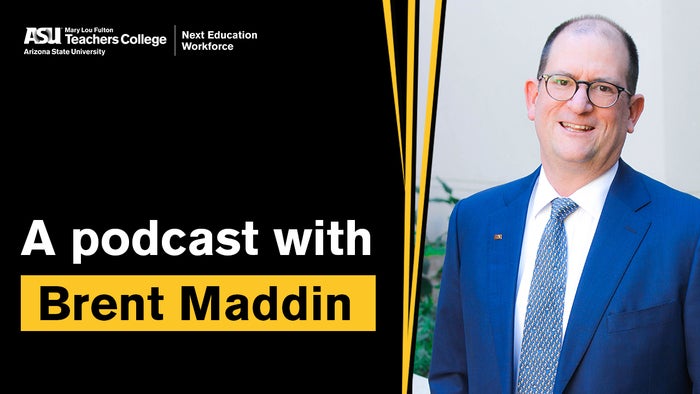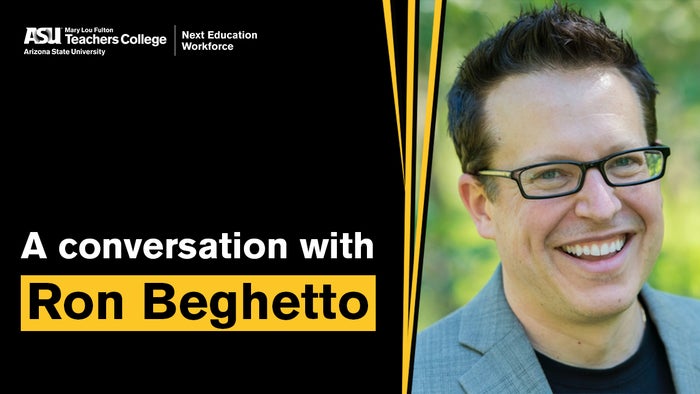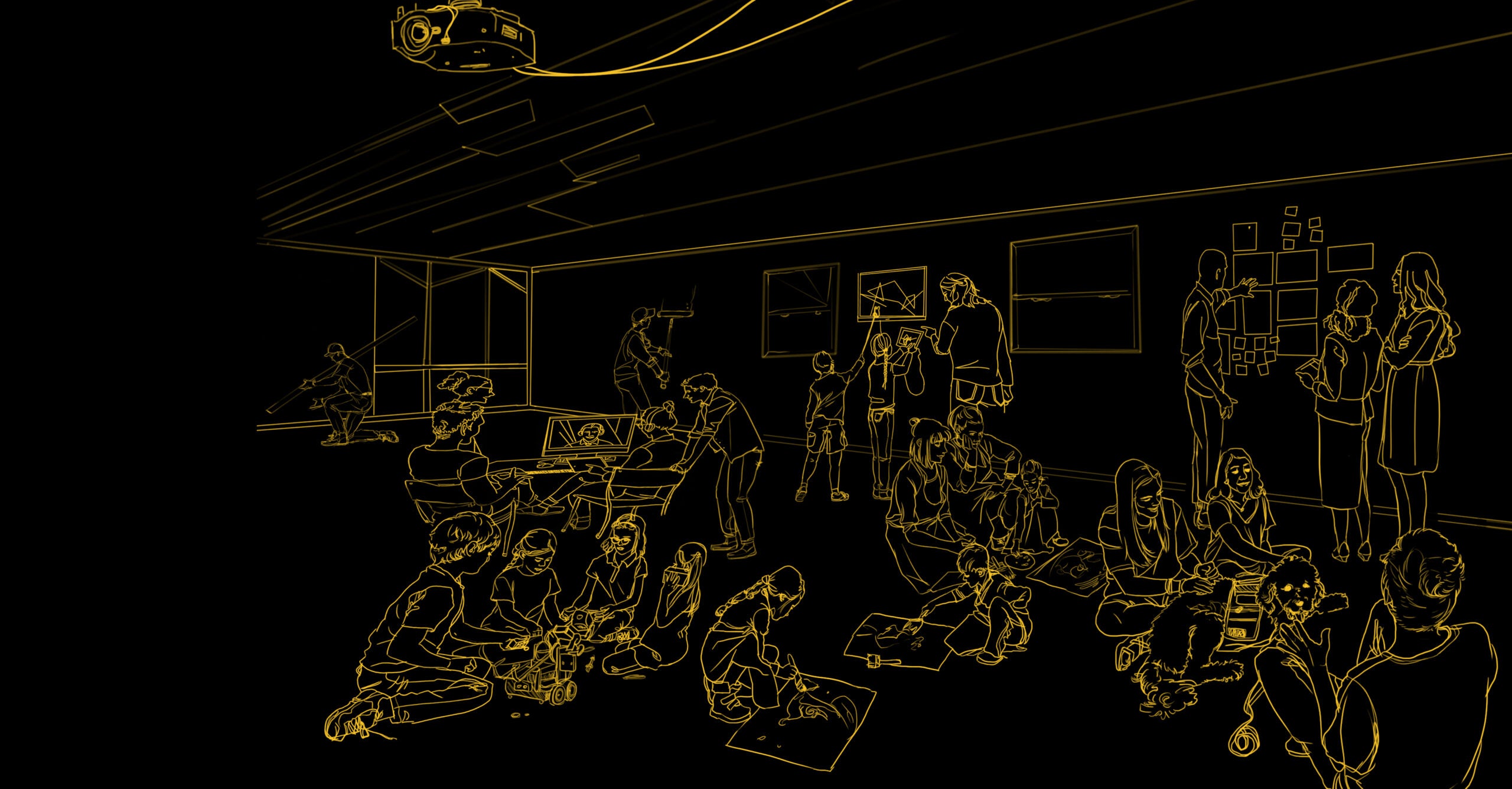Topic: Deeper Learning
Deeper and personalized learning resources for a virtual setting
This list, while not comprehensive, offers good resources for planning and implementing deeper and personalized learning for a virtual setting.

Brent Maddin: What is the Next Education Workforce?
Host Brent Maddin shares how MLFC is working with schools and other partners to 1) provide all students with deeper and personalized learning by building teams of educators with distributed expertise and 2) empower educators by developing new opportunities for role-based specialization and advancement.

Ron Beghetto: Against technological macaroni art
Brent Maddin talks with Ron Beghetto, Professor and Pinnacle West Presidential Chair at ASU’s Mary Lou Fulton College for Teaching and Learning Innovation, about creativity, beautiful risks, and how we can improve education for all learners.

SPARK School: COVID addendum
At SPARK School at Kyrene de las Manitas, students in multi-aged grade bands (3rd through 5th grades) work with a core team of six educators: one teacher executive designer, two certified teachers and three teacher candidates. In this resource, you’ll find out how the team at SPARK School has adapted their instructional model as a result of the COVID-19 pandemic while still prioritizing deeper and personalized learning for the students they serve.

Stevenson Elementary: School profile
Stevenson Elementary School is a Title I school located in Mesa, Arizona that takes a dynamic approach to serving about 700 students in preschool through 6th grade. The school’s Next Education Workforce model wraps teams of educators around students in grades K-6 with the goal of providing deeper and personalized learning. In this resource, you’ll find out how they’re implementing a Next Education Workforce model.
Stevenson Elementary 3rd grade team profile
Stevenson Elementary School is a Title I school located in Mesa, Arizona that takes a dynamic approach to serving about 700 students in preschool through 6th grade. The school’s Next Education Workforce model wraps teams of educators around students in grades K-6 with the goal of providing deeper and personalized learning.

